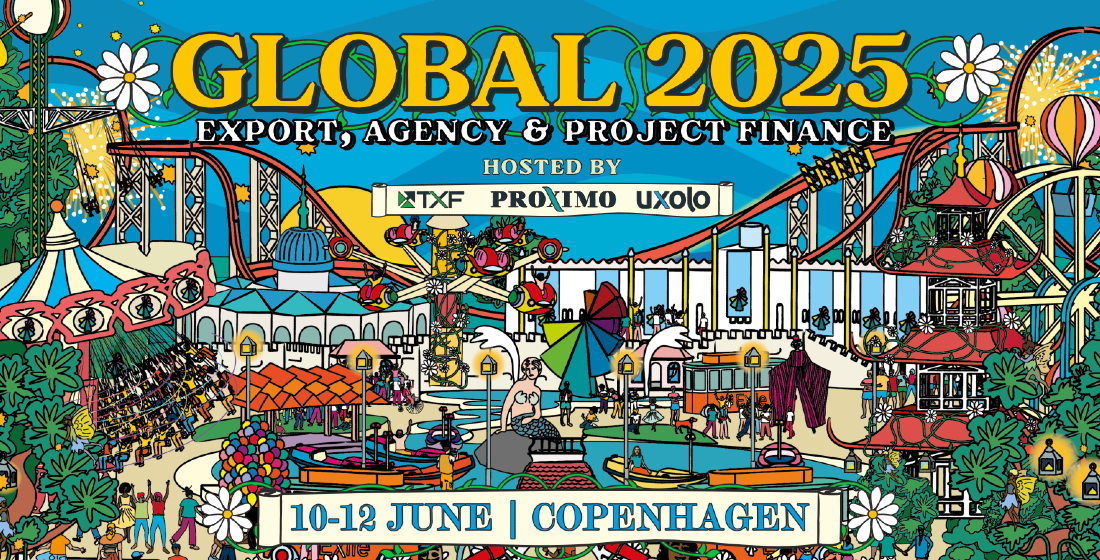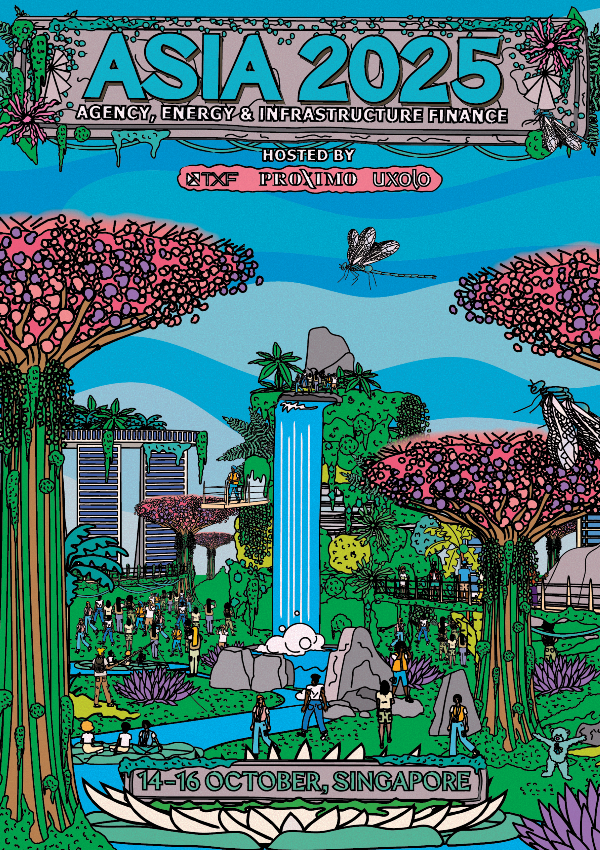DFI cooperation – a future casualty of war?
From the balance sheet to the boardroom, the implications for some DFIs and supranationals from Putin’s invasion of Ukraine are more than just indirect hits from sanctions.

Today Asian Infrastructure Investment Bank (AIIB) stopped “all activities relating to Russia and Belarus” pending a review. New Development Bank has also “put new transactions in Russia on hold” amid “unfolding uncertainties and restrictions.” And the EBRD announced the indefinite suspension of lending to Russia and Belarus earlier in the week.
But the fallout from the Ukraine war in the development finance (DFI) sector could become bigger than sanctions on Russia and Belarus, or lending exposures. The shareholder politics, and therefore management, of some development finance institutions could become very messy. Russia is a 6.7% shareholder in AIIB, along with China (30%), India (8.6%) and a host of small non-Asian shareholders – including Germany (4.2%), France (3.1%), UK (2.8%) and Canada (1%) – that have a combined 27% stake in the bank. While the Chinese and Indian governments have yet to condemn Russia over the invasion, many others have, a position that would not sit well with AIIB membership were the China-led institution to start facilitating new financial support to Russia prior to a diplomatic solution that ensures Ukrainian independence.
Potential shareholder disputes are even more likely at BSTDB, which has both Russia as a 16.5% shareholder and Ukraine as a 13.5% shareholder, leaving the other major shareholders – Greece (16.5%), Turkey (16.5%) Romania (14%) and Bulgaria (13.5%) – with some difficult decisions over future BSTDB participation and lending policy to Russia.
Russia is also a 4% shareholder in the EBRD, which was the first DFI to react and has started the internal process of suspending Russia and Belarus from both its financing and advisory resources indefinitely. The bank has not added to its Russian exposure since Russia annexed Crimea in 2014, and in 2020 the lender also put a moratorium on new investment into Belarus following the country's disputed 2020 election.
But the EBRD does have some pre-2020 Belarus exposure. According to Proximo Data, in 2018-2019 the EBRD provided around $400 million in total direct loans for four infrastructure projects in Belarus: the Belarus Bridge Upgrade, the M3 Motorway, the Modus Group Biogas Plants project and the Minsk Vodokanal water treatment project. If the cash for those projects has not already been fully disbursed, it is unlikely to be going forward. If it has, whether the Belarus government will honour its debt obligations on the bridge and M3 projects, given it will no longer have access to further EBRD borrowing, seems unlikely at best.
Supranational exposures
According to a 2021 Standard and Poor’s report, the supranationals with the most significant exposures to Russia – by unweighted exposure as percentage of purpose-related assets (gross) at 31 December 2020 – are the International Investment Bank (14%), New Development Bank (26%) and BSTDB (15%). But by far the biggest supranational exposure is Eurasian Development Bank (EDB), which had a 37% Russian exposure (unweighted) as a percentage of total investment portfolio at 31 December 2020.
Given EDB is owned by Russia (65.97%), Kazakhstan (32.99%), Belarus (0.99%), Armenia (0.01%), Tajikistan (0.03%), and Kyrgyzstan (0.01%), neither the exposure or shareholder line-up will cause immediate problems. But some ratings agencies are already putting the lender under review for possible downgrade. Moody’s noted on February 28: “Sanctions that constrain or prevent Russian banks from conducting cross-border flows could impede EDB from raising funds in hard currency. Beside the direct impact of sanctions, EDB may face difficulties finding counterparties to help facilitate cross-border transactions in and environment of heightened uncertainty about possible further sanctions. Similarly, sanctions may impede EDB's ability to refinance the forthcoming $500 million external debt repayment in September, notwithstanding ample liquidity currently available.
"Around 47% of EDB's market borrowing is in local currencies in its two largest markets, Russia and Kazakhstan. The further conflict and new sanctions announcements have already increased funding costs in the Russian ruble market, and could spread to the wider region where EDB finances itself.
"Finally, sanctions could also affect EDB's asset quality and performance if they target a meaningful proportion of EDB's borrowers or, in the medium term, cause a pronounced slowdown in the Russian economy. While EDB has measures in place to mitigate some of these risks, such as pre-payment requirements and loan suspension clauses that would take effect if borrowers were sanctioned, effective execution of these measures has yet to be tested especially if they apply to a significant share of the bank's operations."
The ripple effect
Sanctions are just one aspect of Putin’s attempt at the destruction of Ukraine as a self-governing democracy. In addition to the human cost and misery there is the inevitable destruction of infrastructure. While the EBRD retreated from lending to Russia in 2014, it has been a significant financial support for Ukraine, investing €1 billion in the Ukrainian economy in 2021 according to its own accounts. Around 45% of the bank's funding in Ukraine has been directed towards greater sustainability and energy and resource efficiency. For example, EBRD renewables deals closed since 2018 include $33 million for the Khmelnytskyi Waste Management System, $22 million for Scatec Solar’s 55MW Chigrin solar project and a $175 million direct loan for NBT and Total Eren’s 250MW Syvash wind project. The EBRD was also a key lender in the M05 Kyiv-Odessa road project in 2020, providing around $550 million of direct loans. All of these assets are now potential targets for the Russian military, or may even end up casualties of a scorched earth defence policy by Ukraine.
Development finance assets, exposures and balance sheets count for little in the human tragedy that is Ukraine. But there is a potential DFI aspect to this war that is both off the books and could have a very human impact – the future of development finance cooperation between institutions. The development finance sector has never been apolitical, nor should it be in the face of repression of any form, but the majority of institutions do try and put development needs first and geopolitics politics second. Putin’s war looks set to widen DFI political rifts, both in the boardrooms of some supranationals and way beyond the in-bound lending borders of Russia and Belarus.





